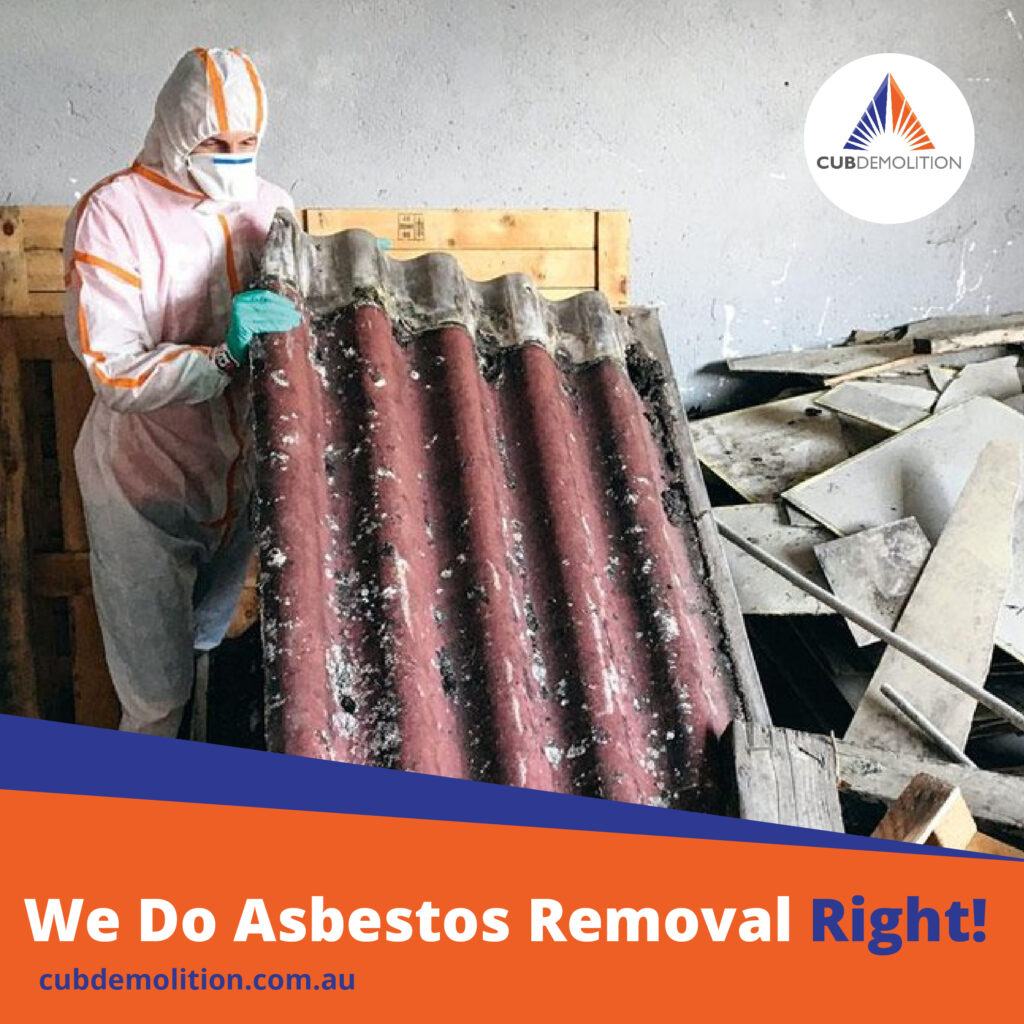
If you are getting your property demolished or renovated and it was built before the ‘80s, you should be careful of the risks of asbestos. The debris may contain those deadly fibres that can cause potential harm to your health. Thus, it’s essential to dispose of them safely to ensure you don’t fall victim. And here, you will learn certain tips about the right approach to asbestos disposal.
The Beginning
Before stepping into the debris, find environment protection & management sites that accept asbestos disposal in your locality. Check the requirements and process before starting. Take early precautions like turning off heating or cooling (if working in a non-demolished building), putting on protective gear like masks, and keeping people and equipment not involved in disposal away.
During Asbestos Removal
An asbestos management plan is a need for the situation here. If you haven’t laid a plan yet, you can follow simple tips:
- Use plastic to cover the area and heavy-duty plastic beneath the contaminated material to avoid fibres escaping to the flooring.
- Spray water to reduce the risk of asbestos going airborne.
- Avoid breaking materials as this could disturb asbestos and release it into the air.
Transport and Disposal
Clean the area thoroughly with a wet cloth. Use asbestos disposal bags to carry all the materials, plastic sheets, and protective gear used during removal. Properly stack the bags so they won’t slip or slide. Label and transport them to the desired destination carefully.
While the process looks easy to read, you should avoid DIY and contract only licensed professionals for the removal and disposal of asbestos in Newcastle.
